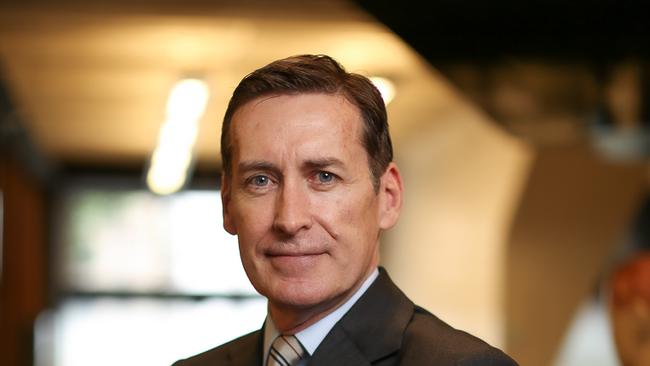New ideas needed to break the regional news drought

Newspapers and broadcasters around the country are closing their doors or scaling back their operations. Large media companies have many assets on life support. Parts of Australia are either becoming, or at risk of becoming, news deserts.
So the Minister for Communications, Paul Fletcher, has summoned experts and industry leaders to Wagga Wagga to ponder the future. It could be a defining moment for Australian journalism.
One catalyst for the meeting is the ACCC’s recommendation in its Digital Platforms Report that government create a $50m-a-year grant program to support the production of local and regional journalism.
More money is nice, but far more important are smart ways to channel whatever new investment government chooses to make. Government has already had one go in the form of the Regional and Small Publishers Jobs and Innovations Package and struggled to spend a much smaller sum of money.
In Wagga there is bound to be furious agreement that there’s a big problem in regional and local news. But not everyone will agree on what the problem is or how it needs to be fixed.
The owners of regional media focus on the sustainability of their businesses. Journalists are losing their jobs. Communities worry about diminishing scrutiny of courts and councils and what this means for local democracy. Others point to the important role local media plays in informing and binding communities together and they fret about what happens when this is gone. All of these problems are related.
If regional media businesses are not viable there won’t be jobs for journalists, council meetings won’t be covered, and community stories won’t be told. But fixing one problem won’t solve them all.
In some places there is a future for pure-play commercial operators. Giving these investors the best chance of success should be the government’s overarching ambition. Indeed, it will be important that any new government support does not undermine those operators that remain financially viable.
But in other places hybrid models that reinforce existing businesses with public or philanthropic support are more likely to succeed. In some places a public interest case can be made for solely philanthropic or public funding.
Above all, any effort to support regional and local news must involve the entire industry, including major players like regional broadcasters, News Corp, ACM, Seven West, McPherson Media and The Guardian as well as smaller independent operators.
And yes, the ABC must play a critical role in its own right, while opening up more opportunities for others to leverage its substantial network and resources.
The role of the major players is critical — they have existing platforms that already serve a loyal audience.
They have deep industry experience that can be brought to bear in designing potential solutions. And they know more than most about what is needed to sustain their businesses.
The key is not to reach for an elusive single fix, but to create and support a diverse and sustainable regional media ecosystem.
Around the world fresh ideas are being developed to reinvigorate local news and prevent news deserts. With smart tweaking and strong local knowledge, some of these ideas can be applied in Australia. The goal should be to pilot ideas first and scale them once they have proven themselves. Ultimately, a program of pilots, some at relatively large scale, will ensure resources are applied wisely. It will be important to put enough money and time behind each pilot to ensure that each is a given a reasonable chance of success.
In fact, by making the money meaningful and by spreading the pilots across regional areas in a thoughtful manner, the new fund could help sustain current regional media businesses even as it explores which new models will work best into the future.
But even more important than piloting new approaches will be creating the instrument needed to manage them. This effort should be led by a small group of experts at arm’s-length from government that would identify ideas worth trying.
It would consider requests for funding, initiate projects by tapping into best practice and the latest experience and research. It would develop rigorous but practical frameworks for assessing outcomes and impact.
To do these things effectively the expert group would need the support of a small secretariat able to turn ideas into projects. The result would be a new National News Project that not just reinvigorates news in regional Australia but also brings to a national audience, and sometimes even an international audience, stories from across Australia that would otherwise go untold. Such an approach, combined with regulatory reform, philanthropy and an industry eager to collaborate, might not just help manage the news drought in regional Australia. It might even help to break it.
Mark Ryan is the executive director of the Judith Neilson Institute for Journalism and Ideas



A terrible drought is afflicting regional communities across the nation. Unfortunately, water is not the only thing in short supply.